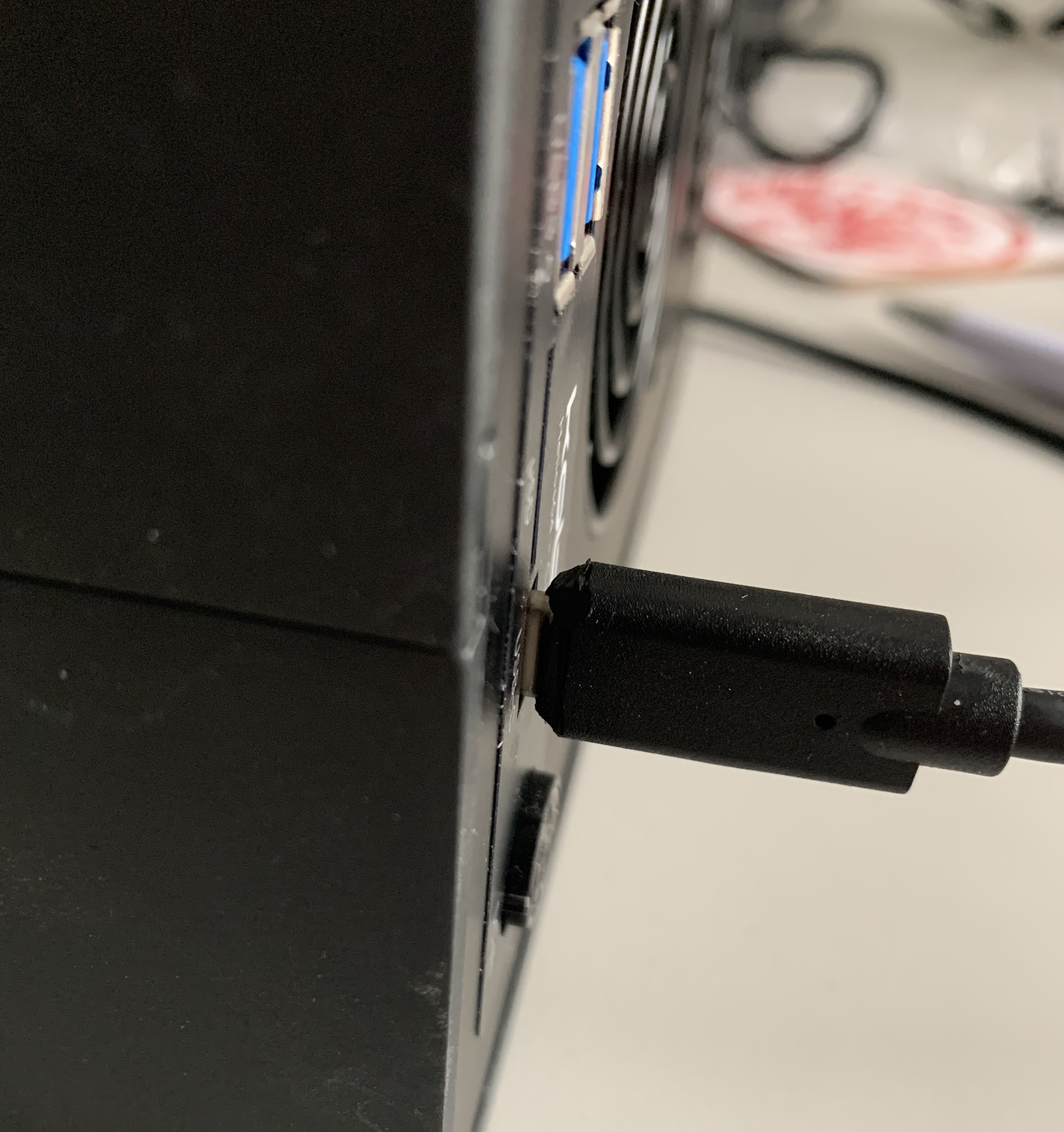Troubleshooting
Can't connect to Helios64¶
Faulty Power Supply¶
Verify whether LED1 is turned on. If not tighten DC cable from PSU.
Verify whether LED on the PSU is turned on. If not tighten AC cable from PSU
If problem still occurs, replace the PSU.
OS Failure¶
Verify whether System Activity LED is blinking. If it is not, reset or power cycle.
Kernel Panic¶
If System Error LED blinking, there was kernel panic. Please reset the system.
Network down¶
Verify whether Ethernet LED turned on. If it is not, try to unplug and re-plug the network cable.
If network still down, try other Ethernet port.
Corrupted filesystem¶
Boot from microSD card and execute following command to repair system partition on eMMC
fsck -p /dev/mmcblk1p1
or
btrfs check --repair /dev/mmcblk1p1
if your system partition formatted with BTRFS.
MicroSD card slot broken¶
Try to flash OS directly to eMMC using maskrom mode
Old bootloader¶
On October 5th, 2020 there was device tree (dtb) filename change. It applied to Armbian 20.08.8. Originally the filename is rk3399-helios64.dtb and changed into rk3399-kobol-helios64.dtb
Boot from microSD card and execute following commands
sudo mkdir -p /mnt/system
sudo mount /dev/mmcblk1p1 /mnt/system
sudo ln -sf rk3399-kobol-helios64.dtb /mnt/system/boot/dtb/rockchip/rk3399-helios64.dtb
sudo umount /mnt/system
sudo poweroff
Remove the microSD card and power on the system.
After boot successfully to eMMC, we strongly suggest to update the bootloader using armbian-config.
Rootfs is not accessible¶
If you have transfer the rootfs to SATA or USB, make sure the device is still accessible and you don't remove the device.
Boot from microSD card and execute following command,
sudo mkdir -p /mnt/system
sudo mount /dev/mmcblk1p1 /mnt/system
grep "rootdev" /mnt/system/boot/armbianEnv.txt
Take note of UUID value and run,
sudo blkid
Verify if you have device with the same UUID. If the device is accessible, it might have corrupted filesystem. Run fsck to check and fix it.
Serial console does not appear¶
Driver not installed¶
Make sure you have FTDI VCP driver installed. You can download the driver from FTDI Website
Jumper P13 closed¶
Make sure jumper P13 is open otherwise it will disable the built-in USB to Serial converter. Refer to USB Console/Recovery Mode (P13)
Cable is not plugged correctly¶
When you put the back panel make sure to align the port and push a bit before securing with screw.
If the USB-C port cannot hold the cable properly and loose the cable, you need to shave the cable a bit so the plastic does not touch the back panel.
Photo from TDCroPower at Armbian Forum
How to force boot from microSD ?¶
You might want to force Helios64 to boot on microSD card if something is wrong with your bootloader installed on eMMC.
Make sure the system is powered off and insert the microSD card. Short P10 with jumper cap, power on and remove the jumper cap before boot Linux (~5 seconds after power on).
System still booting from eMMC after deleting the partition¶
Deleting the eMMC partition is not enough to stop the system booting from eMMC.
The Bootloader is located between first block and first partition. Execute following command to erase Partition table, bootloader and partition superblock.
sudo dd if=/dev/zero of=/dev/mmcblk1 bs=512 count=65535
sudo sync
HDD Error LED unexpectedly lighting up¶
One or more HDD Error LED (red color) on front panel might be touching the metal sheet opening on the side creating a short and lighting up the LED. To fix the issue, just loosen the 2 screws of the front panel a bit, push back the front panel and tighten back.
Another solution is to put a small piece of tape on the side of the LED to be sure no contact with the metal sheet can happen.

